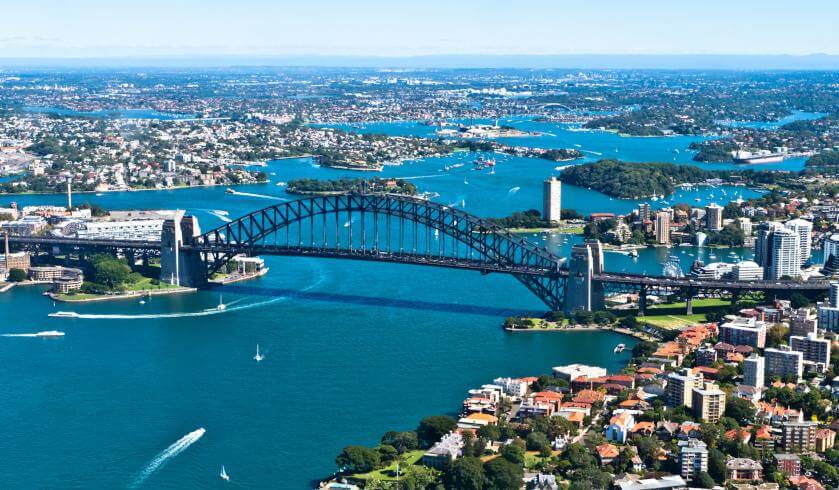Mixed bag for rentals in Sydney as fresh data released
New data has shown that Sydney vacancy rates are up compared to this time last year, but are down when looking at month-to-month.

The Real Estate Institute NSW’s April Residential Vacancy Rate Report has shown that the vacancy rate has dropped across greater Sydney by 0.4 of a percentage point to 3.2 per cent from 15 March to 15 April, while compared to this time last year, the vacancy rate has increased by 1.1 per cent
To continue reading the rest of this article, please log in.
Create free account to get unlimited news articles and more!
Both Inner Sydney and Outer Sydney saw declines of 0.5 of a percentage point and 0.2 of a percentage point to 3.2 per cent and 3.3 per cent, respectively, yet Middle Sydney increased slightly by 0.2 of a percentage point to 3.3 per cent.
Looking more regional, the Hunter region has held steady at 1.7 per cent for the month-to-month period, with Newcastle seeing a decline of 0.7 of a percentage point to 1.4 per cent and other areas rising 0.3 of a percentage point to 1.8 per cent. Yearly, the vacancy rate in the Hunter has remained stable.
To the Illawarra region, vacancy rates overall rose by 0.4 of a percentage point to 2.6 per cent for the month-to-month period, Wollongong held at 2.7 per cent and other areas rose by 0.7 of a percentage point to 2.1 per cent. Compared to this time last year, the vacancy rate has remained stable.
In other areas in the state, the Riverina and Central Coast regions saw the greatest decline in vacancy rates, both by 0.6 of a percentage point, to 2 per cent and 2.2 per cent, followed by the Mid-North Coast with 0.4 of a percentage point to 2.4 per cent, and then both Orana and Central West regions, which both fell by 0.3 of a percentage point down to 1.5 per cent and 1.8 per cent, respectively.
The largest increase was seen in Coffs Harbour, rising 1.3 per cent to 3.4 per cent. The South Coast region followed, rising 1.1 per cent to 3.7 per cent, then Albury with 0.7 of a percentage point to 1.5 per cent, then the Northern Rivers area, which rose by 0.4 of a percentage point to 1.5 per cent, New Englaf and Murrumbidgee which both rose by 0.3 of a percentage point to 2.5 per cent and 1.2 per cent, respectively, and then the South Eastern region which went up by just 0.1 of a percentage point to 3 per cent.

